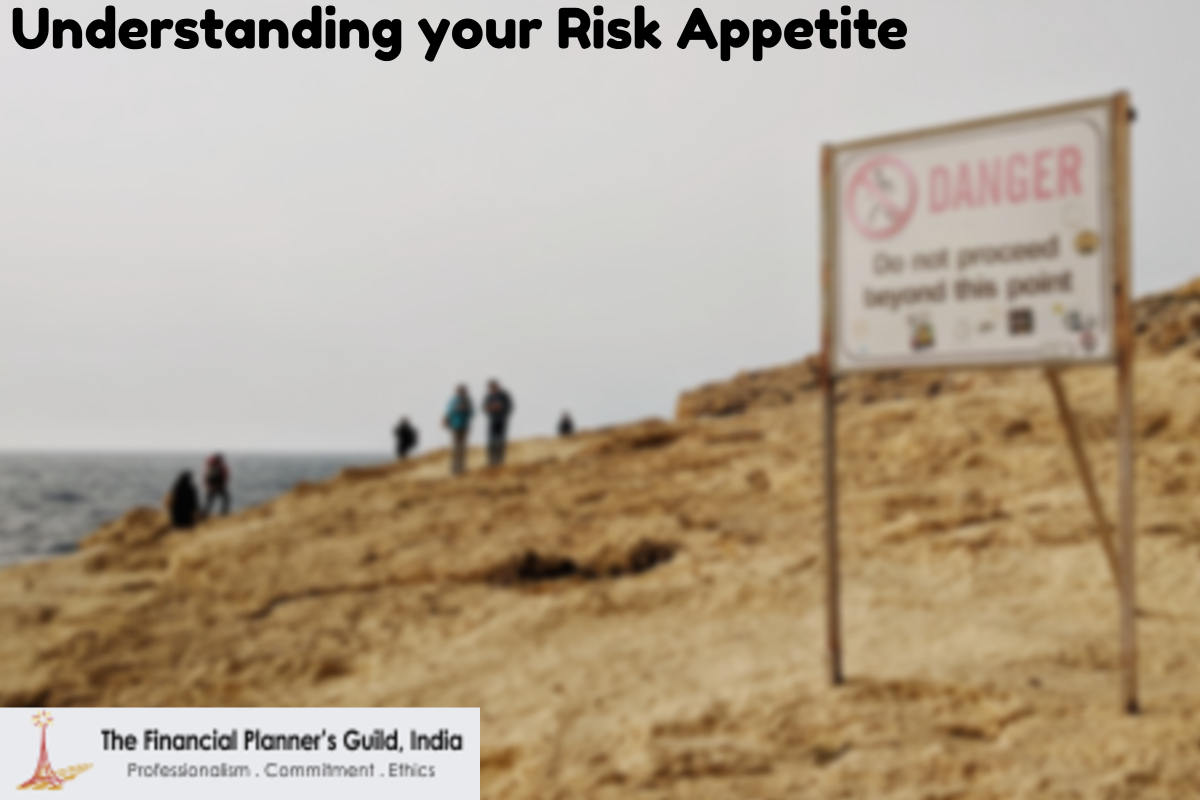
It is important to understand that most investments come with a certain amount of risk. Deciding on asset classes to invest in depends on your levels of risk tolerance. Once you are aware of your own risk appetite, you will not be affected by market volatility. Let us look at how you can understand your risk tolerance.
Having a look at your portfolio or the way your family has been investing over the years, will help you understand many things. Firstly draw up a list of your total investments and classify them according to asset classes. Different asset classes are debt equity, real estate, commodities (sub class gold, silver), alternate assets (paintings, collectibles etc). Each asset class has its own risk levels. This exercise will broadly give you an idea of the risks involved in your portfolio
Look at how your current portfolio has evolved over a period of time. Most people usually start with fixed income products like FD’s etc. Then they move on or diversify out to other asset classes. This may be because of increase in awareness about the availability of other instruments and understanding of how they work. Ease of transaction also might play a significant role in this gradual diversification. There might be certain people who might have started with riskier and more volatile asset classes like equity, then moved to fixed income assets. It is important to understand why this shift happened. Was it because you burnt your fingers in some market upheaval or is it that the fundamentals of asset allocation started appealing to you? If it is fear that has driven you away from equities, you need to rationally deal with the mistakes that you made in your previous encounters with the market. Because it is near impossible to live without some amount of equity exposure, unless of course you have a huge corpus which can sustain you for life!
Try and answer the following questions:
Q1.
(a) You win Rs.1, 00,000
(b) You have an 80% chance of winning Rs.1, 50,000/-
(I.e. a 20% chance of winning nothing)
Q2.
(a)You lose Rs.1, 00,000/-
(b) You have an 80% chance of losing Rs.1, 50,000/-
(I.e. a 20% chance of losing nothing)
When presented with these two questions, most investors would chose option (a) in Q1 and option (b) in Q2. This essentially shows that most investors are not risk averse but they are loss averse.
So how do you live with this reality in the future?
Have a relook at your portfolio. Out of this what is the amount that you can leave untouched for extended periods of time? This is a crucial question, as your time in the market matters more than you timing in the market. Most people have no clue as to when they would want to withdraw the funds. The general answer to the question of this kind is 3-5years. But there is no rationale behind that answer. It is just that for most people this time seems to be long enough to be invested in a particular product or asset class. The realistic way of approaching this is you do not withdraw the money till you need it. Most needs can be estimated in time, like need to fund your child’s education or your own retirement or even a holiday. So there should be no necessity to touch funds from the investment portfolio without any valid reason. This will change your perspective about living with the risk and at the same time will help avert losses. If you have a need in a very short duration, like making a down payment for a property, choose asset classes which will give you a reasonable return, but will ensure that you have the funds when you need them.
Another way to understand risk or loss aversion is to define what is important to you in investments. There can be several parameters like capital preservation, growth, volatility, inflation protection, generation of regular cashflows etc. There can be varying degrees of importance given to each of these parameters. But if you want to have capital protection along with aggressive growth, it will not work. If you are the kind of person who looks into the performance of your portfolio on a daily/weekly/monthly basis, you might not be able to stomach the volatility in most asset classes. You need to rationalise your need to monitor your portfolio at very short intervals. Again defining your need to inflation protection is important. If you want to absolutely preserve your capital, you will have to most likely stick to low yielding fixed income instruments. This will inherently lead to you running out of funds in short period of time. In such cases either you will have to have a huge corpus which produces cashflow which is much higher than what you currently need, or you will have to include asset classes which give a growth impetus to your portfolio, thus covering the gap produced by inflation in our capital protection oriented portfolio.
Would you be more happy to be out of the stock market when it is down than be in it when the markets are up? Most people want to be out of the market when it is down and in it when it is up. But logically, does it make sense? Would you rather have a strategy in place which will take out the pain of timing the market and losing due to incorrect timing? Understanding your risk appetite will help you avoid these basic mistakes in investing and to live in peace with a well diversified portfolio, including those asset classes that you probably never wanted to include earlier.
FPG India ©2024. All Rights Reserved.
Designed & Developed by W3M Technoz